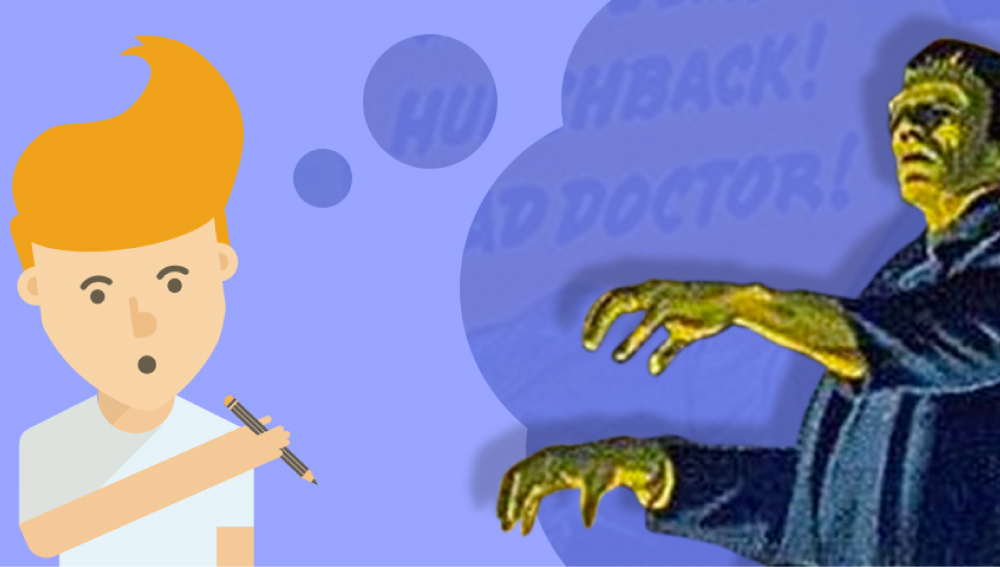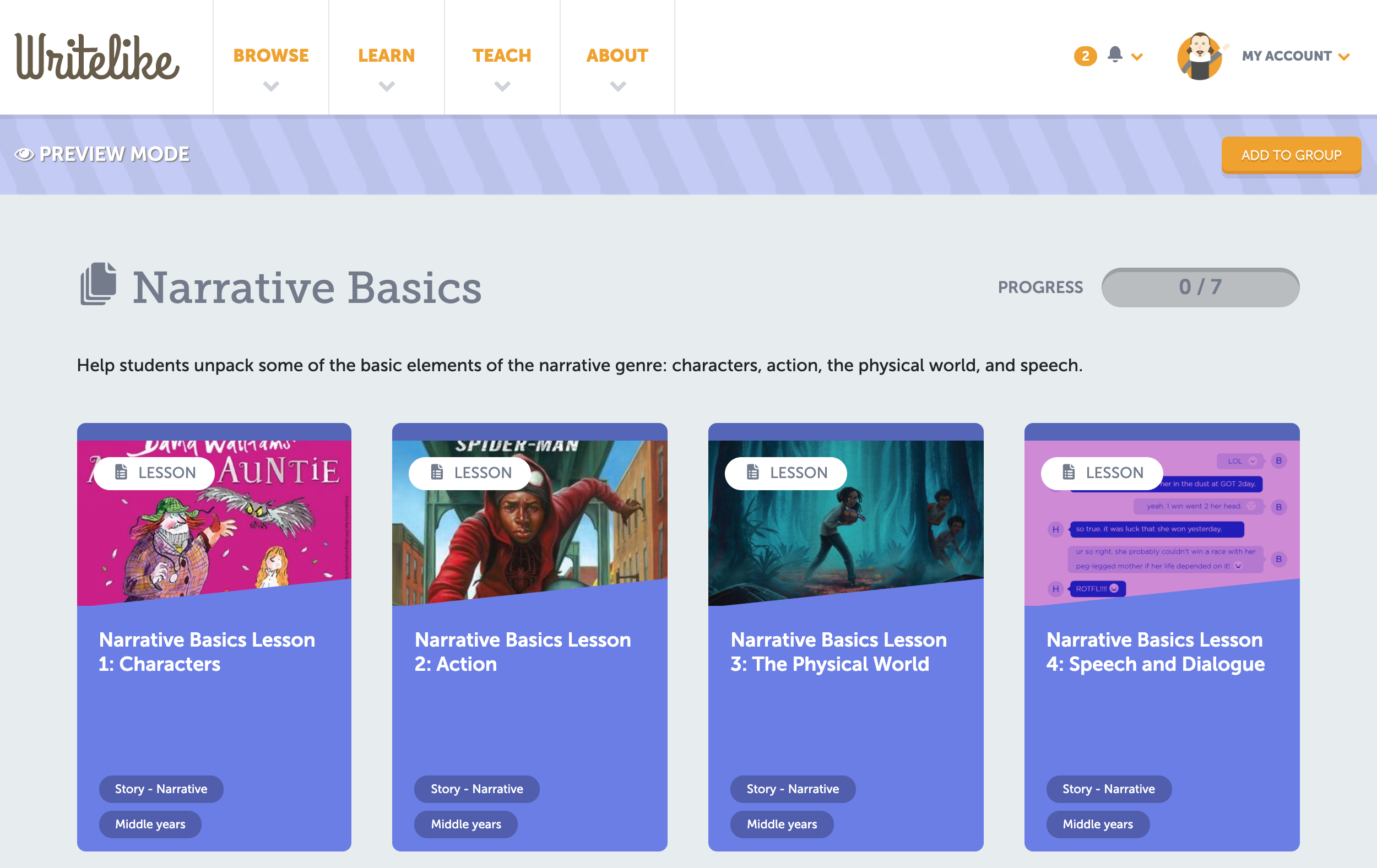We started working on Writelike in 2013 thanks to a grant from the Bill & Melinda Gates Foundation.
We worked for nearly two years, on everything from instructional method to lesson content to web development, before getting pulled onto a series of big Australian government education and mental health projects:
- MindMatters (school staff professional development in mental health strategy—since rolled into BeYou)
- ESSI Money (curriculum-aligned financial literacy simulation, super popular)
- Head to Health (the national digital mental health gateway), and
- An amazing respectful relationships education project for the Australian Department of Education that is still to be released.
Now that those are done, we have some time and funding (thanks to Queensland Government’s Advance Queensland program) to devote to Writelike again.
And we’re back with a vengeance, baby!
In the last few months we have:
- Cleaned up the site, removing a slew of experimental features and content—dramatically simplifying the experience for new users
- Added new lessons, focusing on Middle Years creative writing
- Added new learning features including the ability for students to highlight their own work, and a vocabulary support tool
- Made lesson browsing prettier and easier
- Made groups easier to monitor and manage
- We’ve even added some instructions and explanations—finally!
There’s more to come—we’re excited!
But from a big picture point of view, we’re trying to do three things:
Focus on Middle Years creative writing (for the time being)
We will get to other age groups and genres of writing, but in the past we’ve been pulled in different directions on content, so for now we want to build a solid base in one text type. Narrative is the gateway to other genres, so it makes sense to start there, and Middle Years fiction is challenging for not only middle years students, but many senior students as well.
Focus on lessons (for the time being)
During our experimental phase we designed all sorts of activities and content types (including memory, proofing, remix, longform and drills) as we were trying to figure out how to teach writing more effectively. Lessons present Writelike’s core learning loop: snippet, examples, response. All the other ideas were supplementary and becoming something of a distraction, so we’ve shelved them and are focused on figuring out how to maximise the impact of lessons alone (for now!).
Build the evidence base
Writelike might be experimental, but it’s fundamentally an application of cognitive load theory to the task of advanced writing. CLT has a very deep and robust evidence base, just not in this domain. So our meta goal is to build this evidence base.
- Do CLT-based approaches make order of magnitude improvements in student writing?
- Is Writelike an effective implementation of CLT-informed approaches?
- Or is this all ultimately incremental, and not worth the energy?
That’s what we want to know! And if you want to help us by running an informal A/B trial at your school, get in touch. We want answers as much as you.


